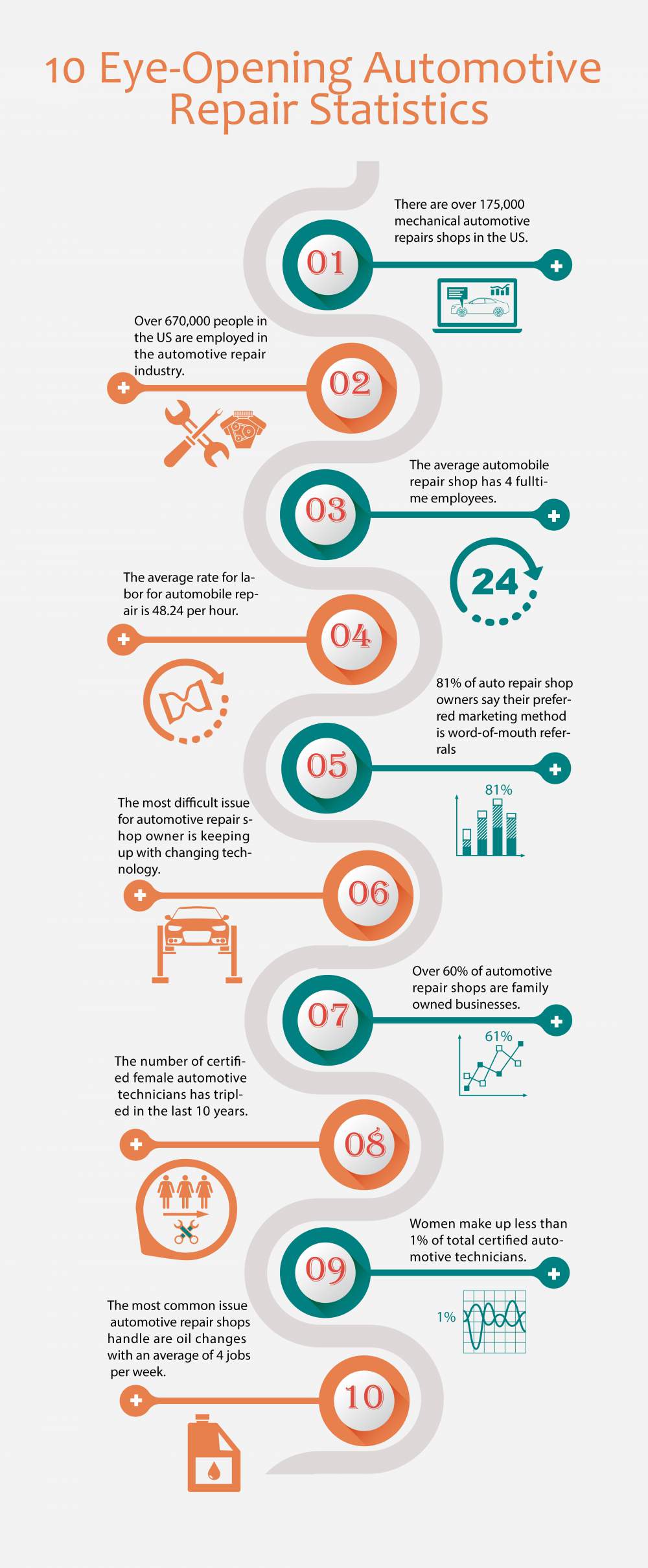Looking For Clearness On The Warning Lights Displayed On Your Auto'S Control Panel? Figure Out How They Connect To Your Car'S Health And Wellness
Looking For Clearness On The Warning Lights Displayed On Your Auto'S Control Panel? Figure Out How They Connect To Your Car'S Health And Wellness
Blog Article
Created By-Faulkner Stark
When you're behind the wheel, those beautiful caution lights on your dashboard can be a bit difficult. Do you know what they're trying to tell you regarding your auto's health? Understanding the significance of these lights is vital for your security and the long life of your lorry. So, the next time one of those lights pops up, wouldn't you want to decipher its message accurately and take the necessary actions to resolve it?
Common Caution Lights and Interpretations
Determine typical warning lights in your auto and comprehend their significances to ensure secure driving.
One of the most common caution lights consist of the check engine light, which indicates concerns with the engine or exhausts system. If this light begins, it's essential to have your vehicle examined without delay.
The oil pressure alerting light indicates reduced oil pressure, requiring prompt focus to prevent engine damages.
A blinking battery light may suggest a malfunctioning charging system, possibly leaving you stranded if not resolved.
The tire pressure tracking system (TPMS) light informs you to reduced tire pressure, affecting car stability and fuel performance. Overlooking https://www.autoserviceworld.com/and-in-the-united-states/ could lead to dangerous driving problems.
The abdominal light shows a problem with the anti-lock braking system, compromising your capacity to stop promptly in emergency situations.
Lastly, the coolant temperature alerting light warns of engine getting too hot, which can result in severe damage otherwise settled swiftly.
Comprehending these typical warning lights will aid you resolve problems immediately and keep safe driving problems.
Relevance of Prompt Interest
Recognizing the typical warning lights in your vehicle is just the very first step; the value of promptly resolving these cautions can not be stressed enough to ensure your safety when driving.
When a caution light illuminates on your dashboard, it's your vehicle's method of connecting a possible concern that needs attention. Ignoring these warnings can bring about more serious problems later on, jeopardizing your safety and possibly costing you more in repairs.
Prompt focus to warning lights can avoid failures and accidents. For example, a blinking check engine light could show a misfire that, if left unattended, can trigger damages to the catalytic converter. Resolving this quickly can save you from a pricey fixing.
In a similar way, a brake system warning light may signal low brake liquid or worn brake pads, crucial components for your safety and security when driving.
DIY Troubleshooting Tips
If you observe a caution light on your control panel, there are a few DIY fixing ideas you can try before looking for specialist help.
The first step is to consult your car's guidebook to comprehend what the particular warning light shows. Often the concern can be as straightforward as a loose gas cap triggering the check engine light. Tightening the gas cap may settle the problem.
One more typical problem is a low battery, which can activate numerous warning lights. Inspecting the battery links for deterioration and ensuring they're safe and secure may deal with the trouble.
If a warning light persists, you can attempt resetting it by separating the car's battery for a couple of minutes and after that reconnecting it. Furthermore, examining your automobile's liquid degrees, such as oil, coolant, and brake liquid, can help troubleshoot cautioning lights associated with these systems.
car cleaning inside
In conclusion, recognizing your auto's warning lights is crucial for maintaining your vehicle running smoothly and safely. By quickly dealing with these notifies and knowing what they imply, you can prevent pricey repair work and potential failures.
Remember to consult your automobile's manual for particular information on each alerting light and act appropriately to make certain a hassle-free driving experience.
Remain informed, stay secure when driving!
